For the next few posts, I’ll be showing images that have been downsampled using several different algorithms
- Photoshop’s bilinear interpolation
- Ps bicubic sharper
- Lightroom export with no sharpening
- Lr export with Low, Standard, and High sharpening for glossy paper
- A complicated filter based on Elliptical Weighted Averaging (EWA), performed at two gammas and blended at two sharpening levels
The last algorithm appears to me to be pretty much the stat of the art in downsampling. It’s implemented using a script that Bart van der Wolf wrote for ImageMagick, an image-manipulation program with resampling software written by Nicholas Robidoux and his associates. I’ll be reporting on it later; I’m still working out some of the details with Bart.
The first test chart I’m using is the ISO 12233 chart, resized to 10% of its original linear dimensions. This is useful to see how much aliasing the various algorithms allow, and also to look for edge artifacts. The chart I used is a low-contrast version so that overshoots will be visible.
I’ll show you crops that have been enlarged 4x using nearest neighbor and JPEG’d. If you want to see the original, uncompressed Photoshop stack, please contact me.
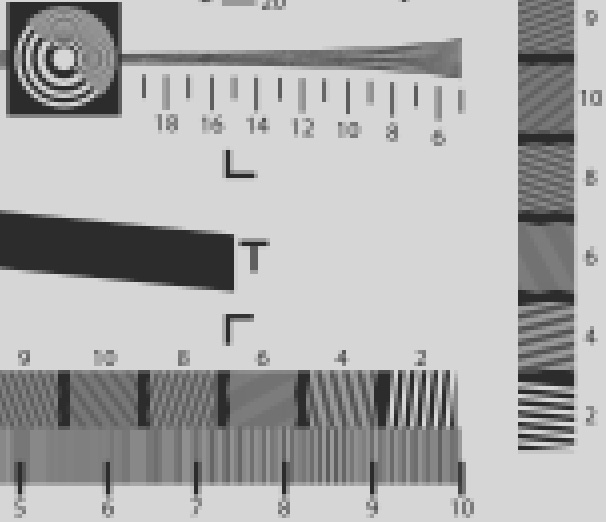
A lot of aliasing, extending from the slanted edges marked with 4 clear through 10. The worst of all the algorithms in this regard. No haloing, no crunchiness.
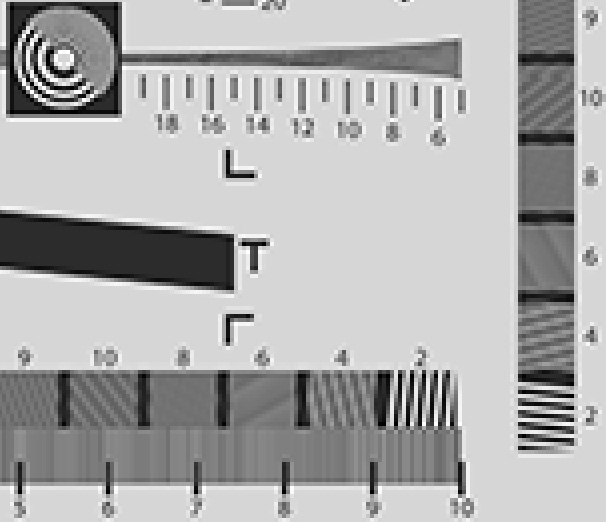
There is quite a bit of aliasing in the slanted lines marked with 4. Aliasing less than bilinear, but still visible in lines marked 10.Haloing is visible around the slanted edge and the crop marks. Numbers are crunchy.
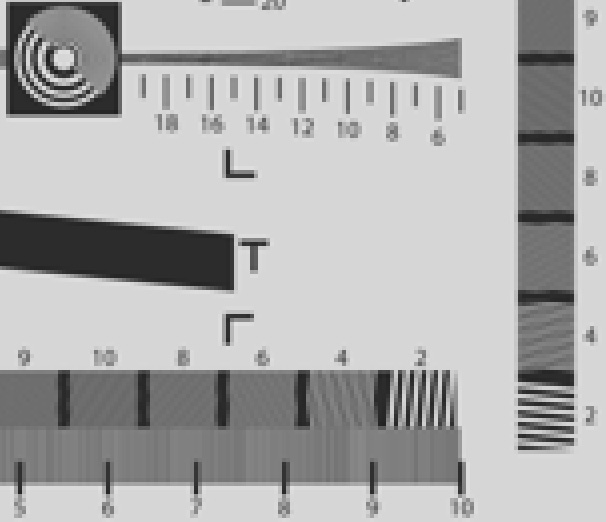
Almost no haloing. Aliasing low in lines marked with 4, and invisible above that.
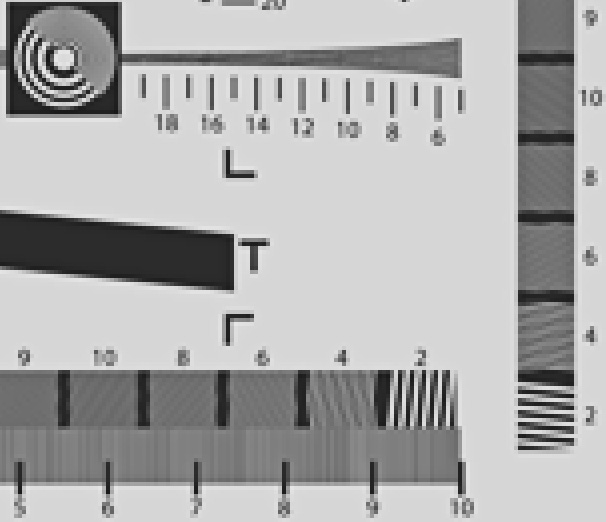
Some haloing. The sharpening makes some high frequency aliasing visible, but not bothersome.
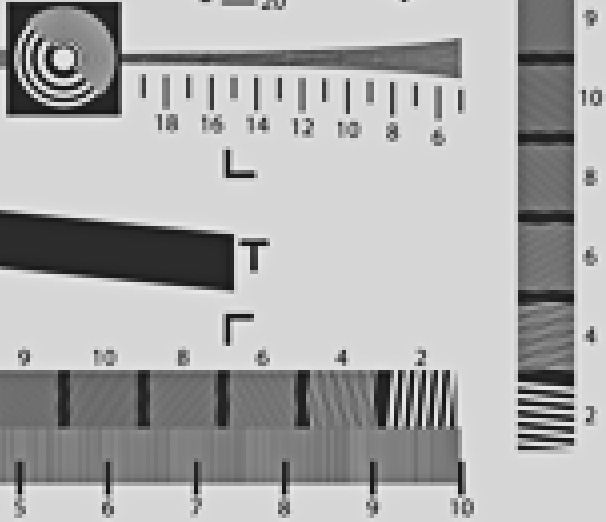
A little haloing. A little more aliasing visible.
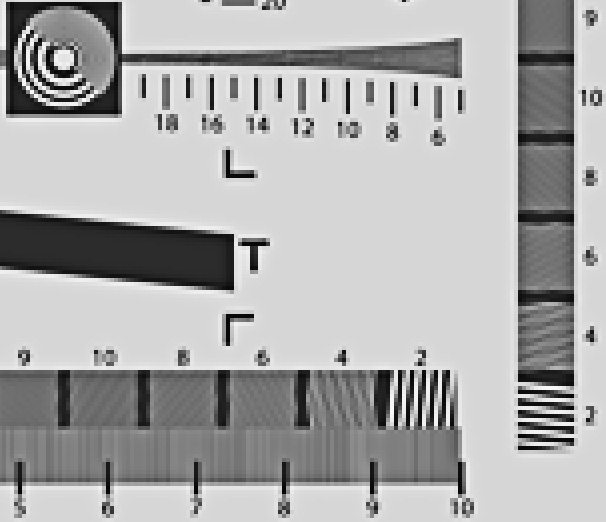
Distinct haloing, if you’re looking for it, but not bad compared to bicubic sharper.
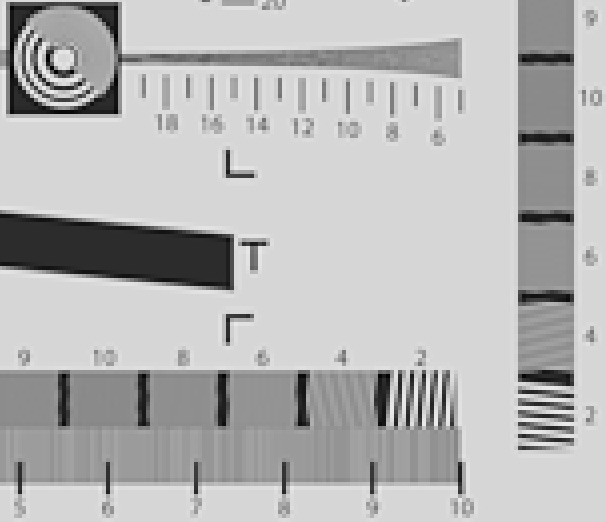
Areas with high spatial frequency are lighter than with the other methods. Aliasing slightly less that Lr with no sharpening. Very slight haloing.

No haloing. Best control of aliasing of all. Best delineation of slanted lines labeled 2
Stay tuned for more images.
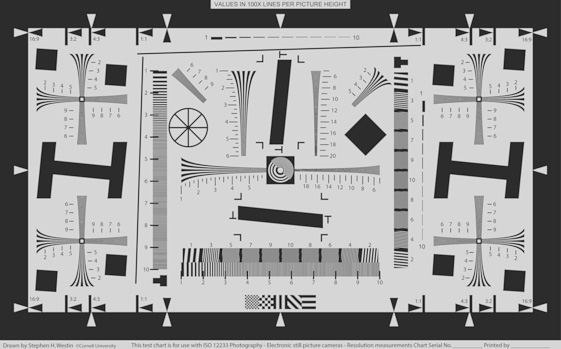
Leave a Reply